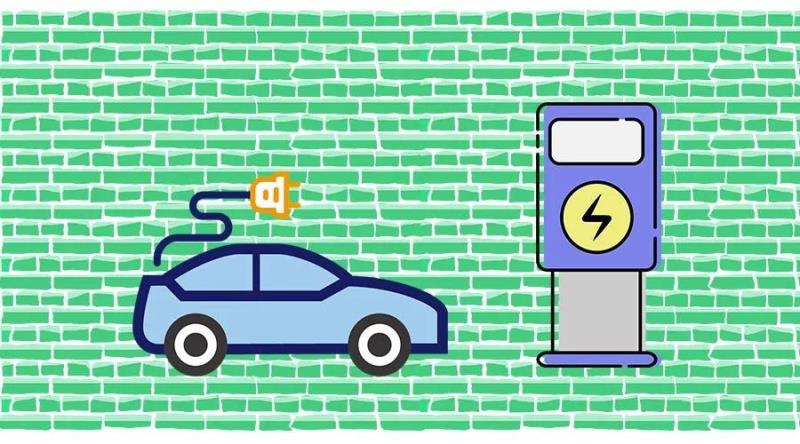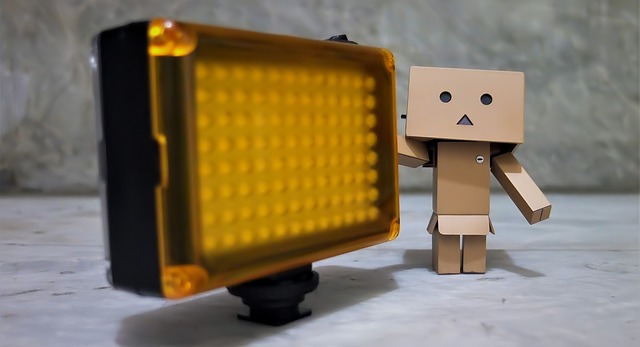Lithium-Ion Battery Power Packs – Daily Questions
Sep 05, 2019 Pageview:1366
Today, lithium-ion is the fastest growing and most promising battery. Researchers began researching in 1912, but it was not until the early 1970s that the first non-rechargeable lithium batteries become commercially available. Lithium is the lightest of all metals and has the greatest electrochemical potential and provides the largest energy density to weight.
Aside from that, lithium-ion is also low maintenance battery, which is an advantage over other chemistries. There is no memory and no scheduled cycling that is required to prolong the battery’s life.
The wide usage of lithium-ion battery has made it one the most favorable battery so far.
Lithium-ion Battery power pack troubleshooting
Even with the wide range of usability, there is no denying that there are some problems that lithium-ion battery power pack would pose to its users. There are similar accidents that happen from time to time. Underneath is the list of issues and how to troubleshoot them:
1.Low Voltage
If the voltage is below 2V, the internal structure of lithium batteries will be damaged. The battery life can be affected by it. There are generally two causes of low voltage: high self-discharge and uneven current.
The solution for a high self-discharge is to charge the lithium battery directly using the charger with over-voltage protection. Do not use universal charge since it can be quite dangerous.
If there is uneven current that happened due to resistance or detection of charge, the current is inconsistently caused by the uneven charge of the cell. This can simply be solved by charging it.
2.Large internal resistance
There are a couple of reasons that can cause large internal resistance such as:
Detecting equipment difference. If the detection accuracy is not enough or the contact resistance can not be eliminated, it will show the internal resistance is too large. It can be solved by testing it by the alternating current bridge method.
Too long storage time. If your lithium battery has not been used for quite a while, it can result in excessive capacity loss, internal passivation and an increase of internal resistance. It can be solved by simply charging and discharging activation.
3.Lithium battery expansion
There are a couple of cases where the lithium-ion battery expands while charging, processing, and circulation. If it happens while you are charging, then try to avoid charging for more than twelve hours. It is actually normal for batteries to expand, however, generally not by 1 m.m. By avoiding overcharging, you will be able to avoid electrolyte decomposition, increase internal expansion and lithium battery expansion.
Lithium-ion Battery power pack accessories
Now that you have known how to handle your lithium-ion battery better, there are a couple of accessories that you have to equip it with to prolong its life such as:
1.Chargers
Each of the brand and company has their own chargers that come with their own lithium battery. There is protection system that is put in place in order to prolong and keep the battery’s life. Each of the chargers is also built in the specified material that is suitable for your own set of lithium batteries.
The not that swapping charger does not help care for your battery, it also can cause the battery to slowly decomposed as the voltage is not suitable.
2.Adapter
The function is basically the same as your usual charger. However, instead of being connected directly to your lithium battery, it connects to the charger of your lithium-ion battery.
As you know, each country has its own specific voltage that runs throughout its establishment. With the help of an adaptor, it will covert the voltage that might be manic and provide the voltage that your charger needs. This accessory is very helpful especially if you are going to travel overseas.
3.Battery holder
Battery holders are designed for everyone, starting from consumers, to industrial and communications products. The use of a battery holder is essentially the same as your battery charger. It is to charge your battery while you are putting it away.
How to DIY an inexpensive lithium-ion battery power pack
For the DIY lovers out there, the great news is you are able to make your own inexpensive lithium-ion battery power pack in these simple steps:
1.You need to select the right type of cells that exist in the market. Your best bet is by opting for a famous and well-known brand.
2.You have to connect all the battery with nickel strips or thick wire. There are generally two types of nickel strips that are being sold in the market; nickel-plated strips and pure nickel strips. Opt for the latter.
3.Secure the position of your batteries by spot welding them together. By spot welding them, you can securely join them together without adding too much heat to them.
4.Check the individual voltage of your cells. The voltage of the cells should be near each other or otherwise it will create a high amount of flow current for the higher ones to the lower ones.
5.The next step is to assemble your batteries. You can simply place your batteries on lines, in which you can alternate the side of your battery's position. You can assemble them using a cell holder.
6.Spot weld the nickel strips onto your battery.
7.Add a battery monitoring system on the side of your battery. It is essentially a system that manages a lithium battery pack, and to balance the voltage of the cell.
For the finishing part, all you have to do is to print the enclosure or use a box or another enclosure that is best suited for your battery. Assemble your other components such as a battery indicator and an on or off lever.
- Prev Article: Lithium Ion Leisure Battery – How to Depose
- Next Article: Li Ion Battery Freezer – Does Battery Need to be Frozen?
Leave Message
Hottest Categories
-
Hottest Industry News
-
Latest Industry News











